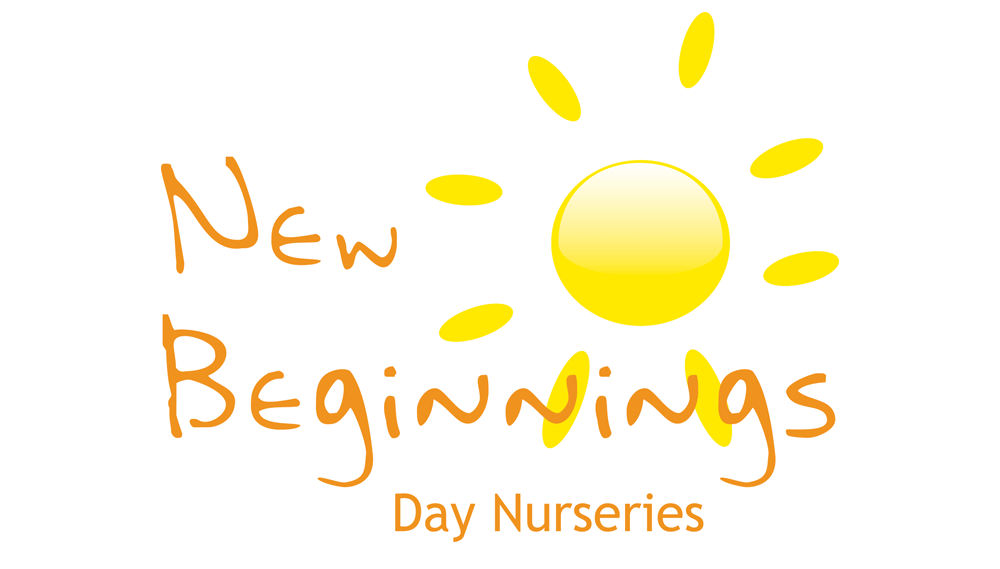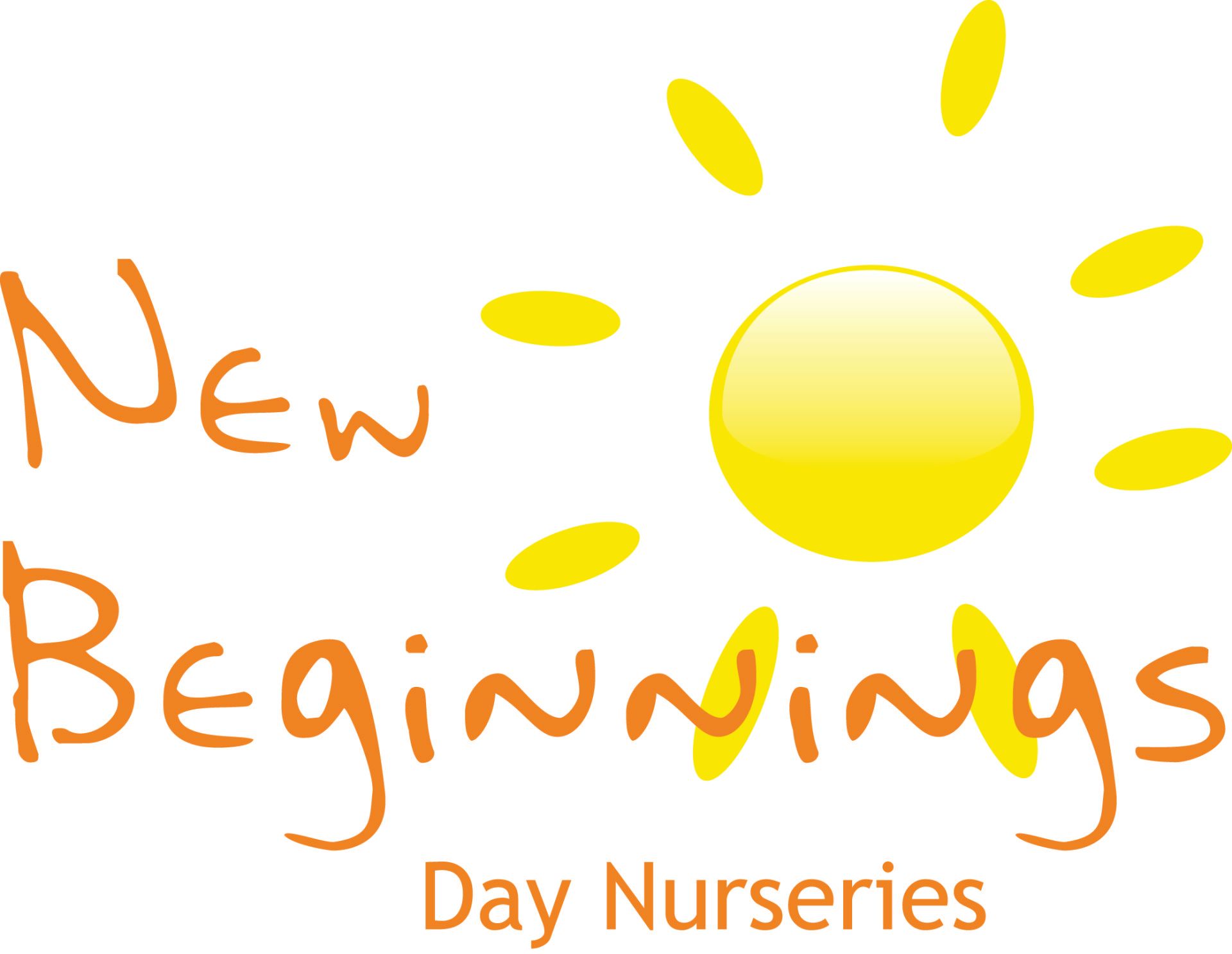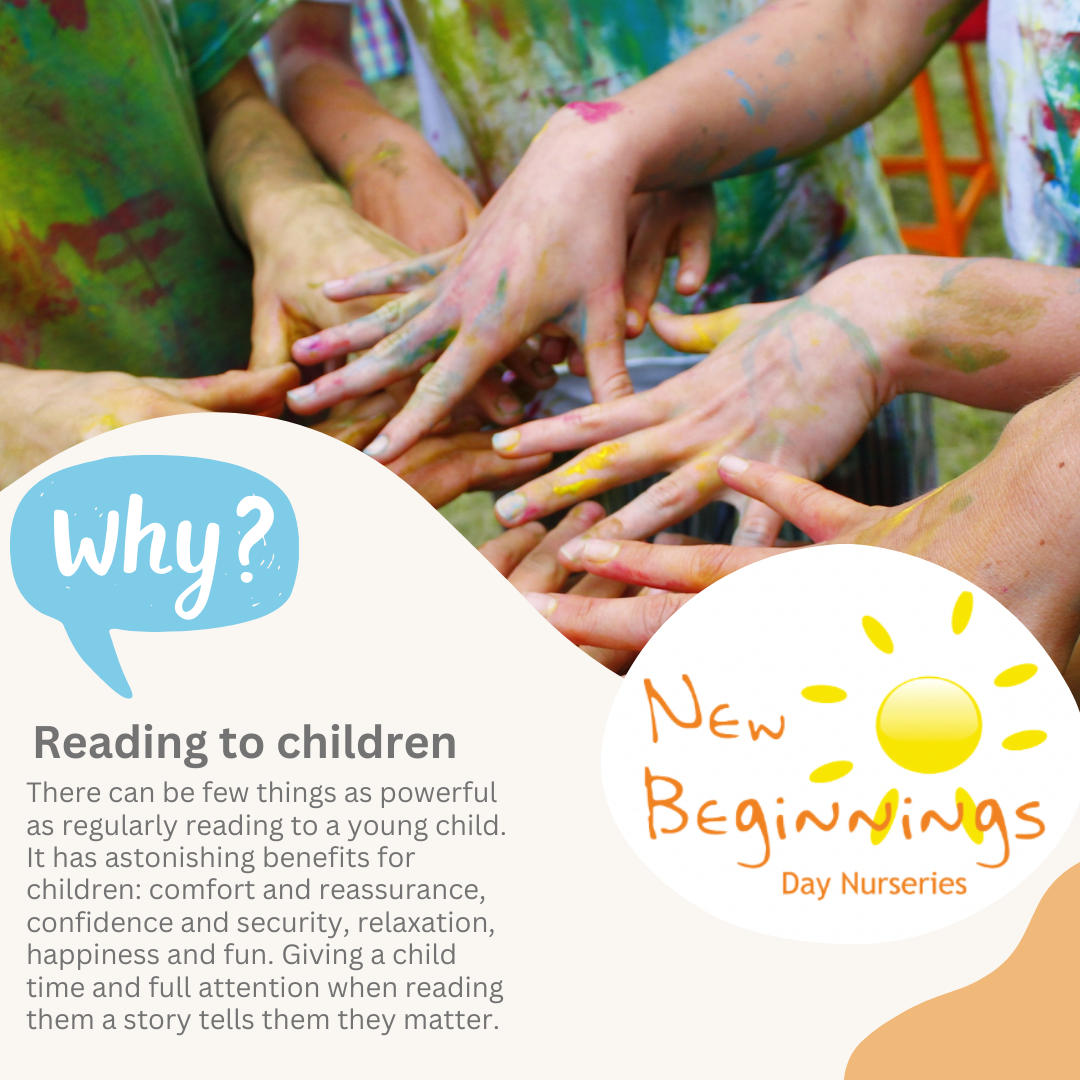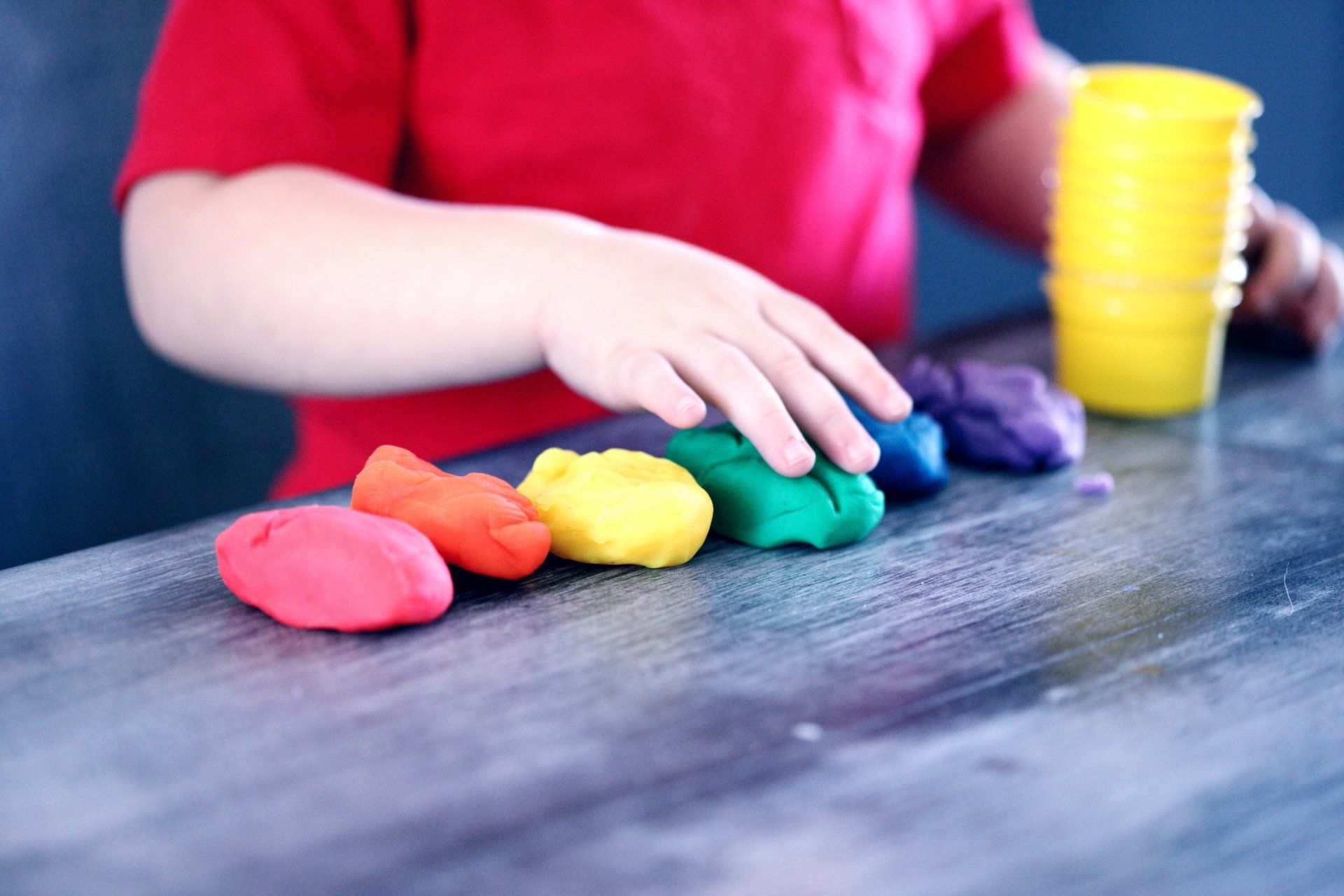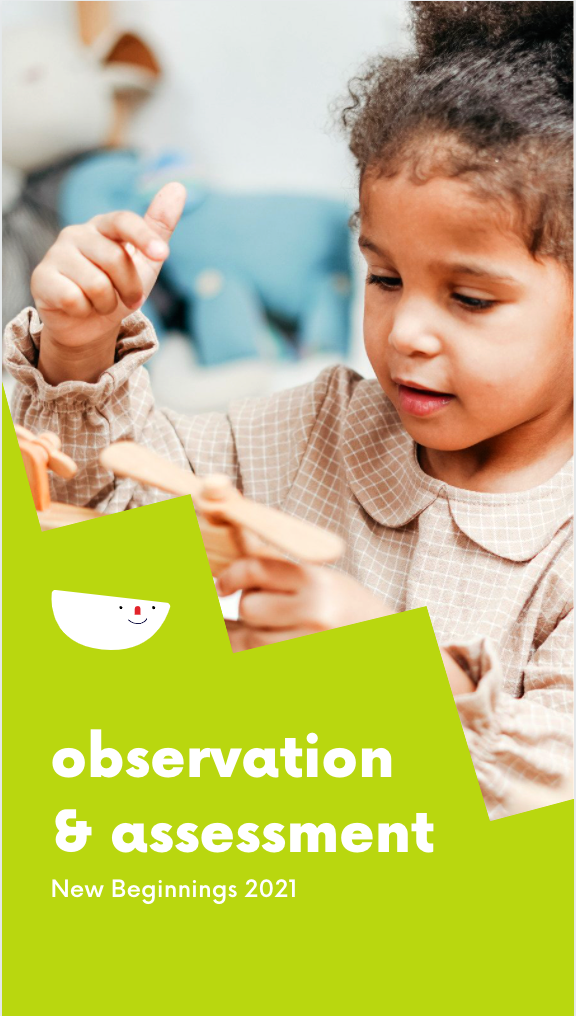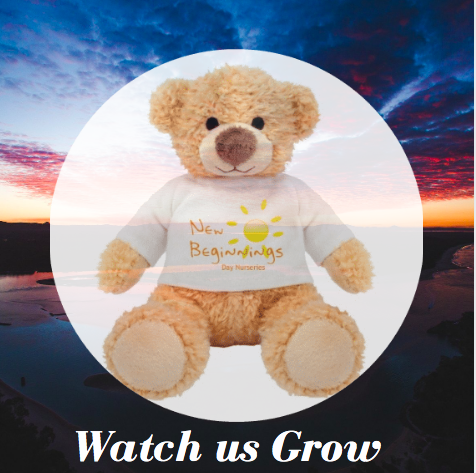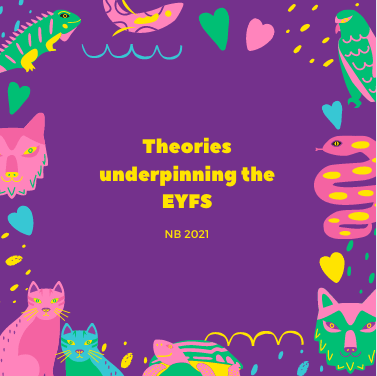Curriculum & Staff Development
New Beginnings Curriculum - Watch us Grow
Embracing Uniqueness at New Beginnings
At New Beginnings, we understand that every child is one-of-a-kind, and each group of children brings its own distinctiveness. Each child enriches our nursery with their unique qualities, and we celebrate this diversity within our community. We recognise that our children arrive with varied life experiences and cultural backgrounds, and we strive to provide child-centered learning experiences that enable all children to reach their full potential and become independent, lifelong learners.
A Nurturing Learning Environment
We offer a safe, rich, and diverse learning atmosphere both indoors and outdoors. Our curriculum is designed to meet the statutory requirements of the Early Years Foundation Stage (EYFS) while catering to the needs and interests of our current children. The curriculum presents opportunities for developing essential skills, attitudes, and knowledge, preparing our children to thrive in a modern world and empowering them for future success.
Our Mission Statement emphasises that:
“A happy child today promotes a fulfilled, independent young adult of tomorrow.”
A staff guide to our curriculum
A curriculum outlines what you aim for children to learn during their time at nursery.
It should be consider alongside the statutory Early Years Foundation Stage (EYFS), which offers a framework that you can expand upon through the seven areas of learning.
At New Beginnings we have the flexibility to choose the most effective methods to deliver these areas. Through our “Watch Us Grow” curriculum, we offer a variety of activities, play, teaching, and experiences designed to help all children learn, develop, and thrive.
Take a look at our Staff guide which will assist you in your role as a key person
Continuous professional development
As a childcare professional, your role is to help children be resilient and prepare them for what's to come in life. This is why tailored training is so important.
Continuous professional development (CPD) is a combination of different approaches, ideas and techniques that will help you understand more about the environment in which you work, the job you do and how to do it better.
CPD is an ongoing process throughout your working life. It's a requirement by professional bodies and it helps you document your skills, knowledge and experience.
Early years foundation stage training for staff
The course has 8 modules. 8 modules are currently available.
Each module should take between 1 and 2 hours to complete.
You can pause and restart the training as much as you like.
Each module includes:
- opportunities to reflect on your learning and practice
- a learning log to make notes on your reflections
- practical tips and ideas to use in your setting
- learning check questions to test your understanding
- an end of module test
- the opportunity to download a personalised certificate of completion
Some modules also have short videos to enhance your understanding.
